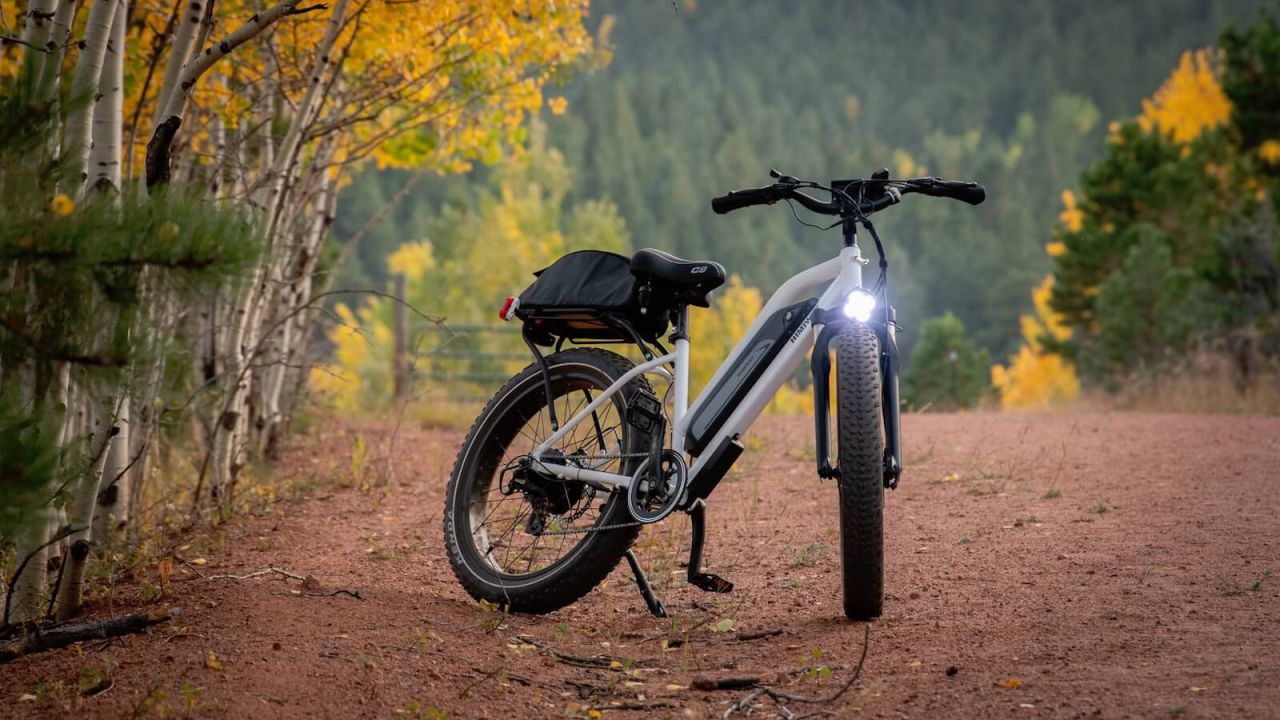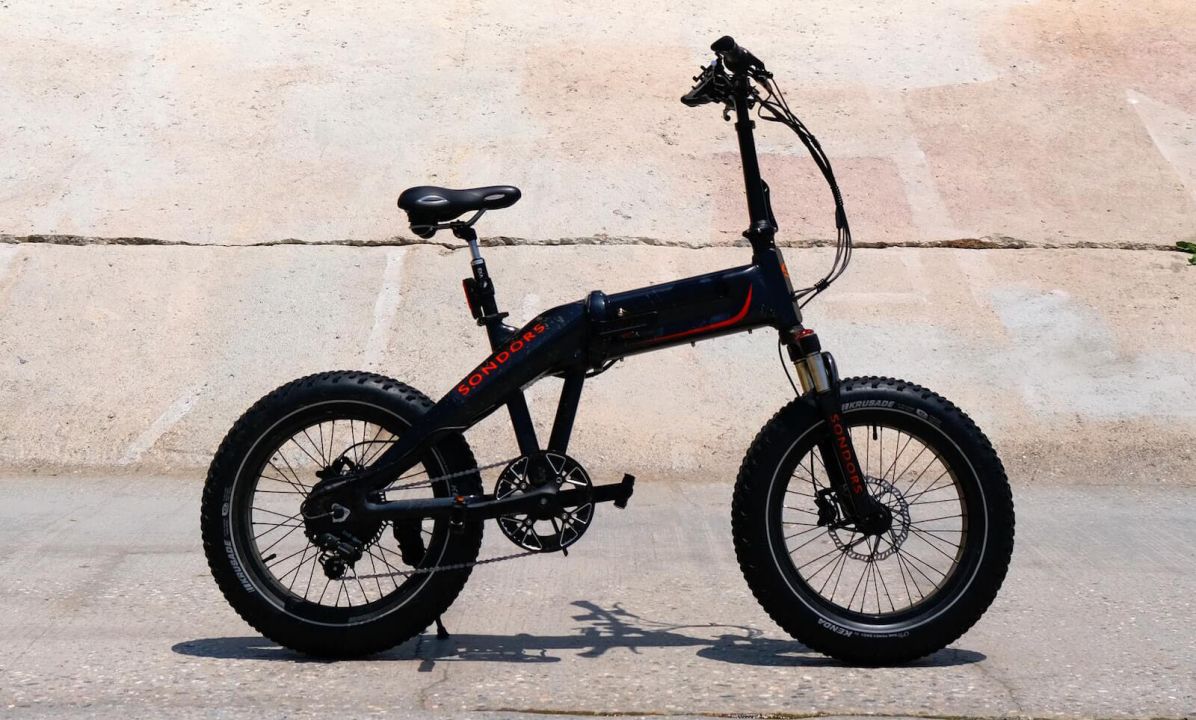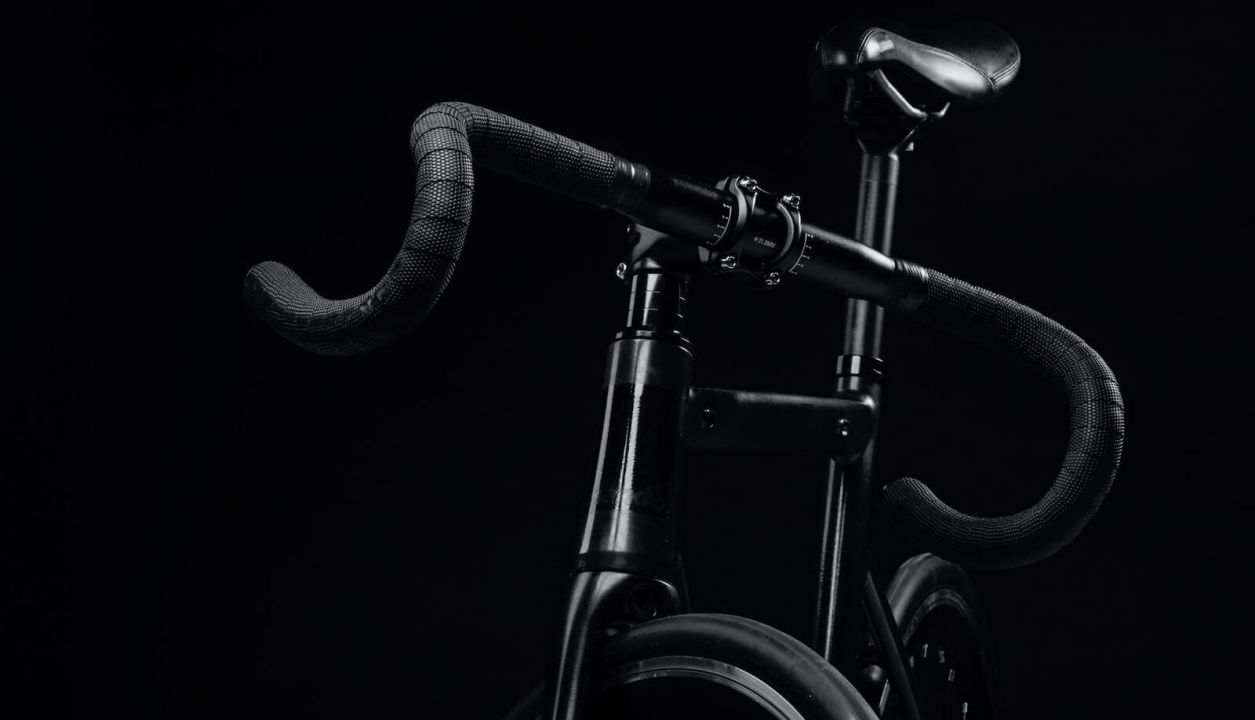Buying an e-bike can signal the start of an exciting transition for someone: will it be your new form of transport to get you to and from work? Are you going to be taking it around the countryside to explore the scenery that Great Britain has to offer? Or perhaps you want to choose a form of mobility that’s kinder to the environment?
An e-bike offers you many advantages over a traditional bike, and the rising interest in pedal and throttle assisted bicycles has only widened the scope of the market. The UK e-bike industry was worth an estimated £240 million in 2021, and that figure is projected to grow to £440 million by 2027.
So, with all these e-bikes trotting around, and the multitude of options you can find on the market, the law has needed to reshape itself. Specific requirements to differentiate between the various types of electric bikes have therefore been introduced, with particular rules applying to each type.
When you purchase a new pedal-assisted bike, you might ask yourself many questions: what speeds am I allowed to travel at? Which accessories should I use when cycling? What is the documentation required? Where can I not travel with my e-bike? Whatever the question, understanding and complying with the rules and regulations is crucial to getting the most out of your experience. Let’s delve right into it.
E-bike and the law: what the new regulations say
In 2015, The Electrically Assisted Pedal Cycles (EAPC) Regulations merged specific new legislations with the previous UK law (1983 Statutory Instrument) to bring the UK law concerning e-bikes in line with the European regulations. To keep it on the nose, this new body of law was approved and became active on 6 April 2015.
According to this new regulation, e-bikes must now meet updated criteria to maintain the same legal standing as regular non-assisted bicycles. Following the mandate's regulations allows your e-bike to access roads, bike paths and other places where standard bicycles are habitually permitted under UK law. The law, in this case, has these four main points of reference:
- Electric assistance can't exceed a maximum speed of 15.5mph
- The e-bike's motor must not exceed 250W of power
- Motor assistance must be granted only through pedalling
- The rider must be 14 years of age or over
When an e-bike doesn't fulfil the legal criteria to be classed as a ‘regular’ e-bike, it is then considered to be a fully motorised vehicle. Consequently, it falls into a category that needs complete differentiation and regulation, as well as a set of paperwork to be approved. A collection of requirements must be nullified in order to avoid being fined.
Those often involve attempting to obtain the requested paperwork and possibly meeting other conditions, like insuring your vehicle or registering it with the DVLA. Other criteria could include your e-bike needing to undergo specific manufacturing procedures, or certifying its safety on the road before being purchased. You will be treating your electric bike as a regular moped or motorbike in this case.
Do I need a driver's licence to ride an e-bike?
You won't need a driver's licence to drive your pedal-assisted bike if it complies with the current regulations, nor register your bike as you would do with a motor vehicle, insure it, or be compelled to use a helmet when you ride. It will be permitted for use on roads, bike paths and anywhere a regular cycle can access under the current UK regulations.
According to the new law, you must be at least 14 years of age to ride an e-bike on public pathways. However, there are no age restrictions to riding an e-bike off-road. The law slightly differs from motorised vehicles, where age restrictions rise to 16 years to ride a moped - but given the fact that e-bikes don’t produce much power, it was deemed reasonable to reduce the age restriction.
My e-bike doesn't meet the regulations, what are the requirements in this case?
If you own an e-bike that doesn’t meet the current UK regulations, you’ll need to register it with the DVLA. You’ll also need a driving licence, ensure that it is insured, and remember that it is mandatory to wear a helmet - just as you would with a motorbike or moped.
So, a bike that doesn't comply with the requirements is considered illegal?
It is not illegal to drive an e-bike where electric assistance provided by the motor surpasses the legal limit of 250-Watts, or exceeds the speed of 15.5mph. Rather, it falls into a new category of regulations that meet the same criteria you would apply if you owned a motorbike or a moped.
In this case, you won't be able to ride as you would do with a standard bike. You will have to have it insured and registered as a moped before using it on public pathways. That includes both on and off-road, in addition to brindle byways. If your e-bike doesn't conform with the regulations, you will be able to ride it only in private areas, away from public access, and strictly under the landowner's permission.
What is a throttle bike, and is there a separate law for it?
A throttle bike is a specific model of e-bike that doesn't need automatic pedal assistance to engage the motor. These e-bikes are more similar to a motorcycle or electric scooter, engaging the motor directly by throttle control to provide on-demand power that propels the bike. They are sometimes referred to as ‘twist and go' machines, as the throttle is twisted to start the ride.
According to the standard EU regulations, throttle bikes are classified as ‘L1e-A powered cycles’ - a specific category that allows vehicles to power up to 1000 Watts. The classification and legal position of these types of vehicles remain unclear in the UK.
Further complications arise as older models of throttle bikes (those manufactured before the 2015 laws came into place) were limited to a 250 Watt motor. This means buying and using a throttle bike that was made before the laws came into force are, in essence, legal.
How will I know if my bike falls out of the regulations?
Nowadays, most new e-bikes in the UK are built for the European market and comply with European standards; look for the CE conformity mark to confirm the product has passed the relevant tests. If you want to be absolutely sure your e-bike doesn't break any regulations, you can always have a quick look at what the Construction and Use regulation says.
Construction and Use regulations: a quick view
Aside from the current standing law related to e-bikes, there is also a specific body of UK law that regulates the legal safety of bikes (including e-bikes) when you are cycling on UK pathways, known as Construction and Use regulations. This body of UK law defines whether a cycle is ready to ride on roads. The main relevant criteria under these regulations consist of two main points to satisfy the requirements:
- The vehicle must show the manufacturer's name and the motor power output. Usually, the job is done by a plate or a sticker that clearly displays this information, but they can be found in obscure locations sometimes. So, ensure it is visible.
- The power switch or control must be off by default, requiring the driver to constantly turn it on to obtain power assistance. Any legal e-bike, under the new regulations post-2015, can't be turned on without pedalling - a mandatory feature for all new e-bikes manufactured after 2015
- These requirements only apply to cycles with less than four wheels; a quadricycle won't comply with the regulations by default and will automatically be considered a motor vehicle.
In practice, most e-bikes in the UK are built for the European market and comply with European standard EN15194, which fulfils the law's Construction and Use requirements. Have some doubts? Look for the CE mark on your new e-bike - it will tell you if your bike has passed its standards and is ready to become your new best friend on the road.
Looking for a new e-bike? Try out the Karfu search tool now to browse through a wide variety of potential bikes for you!





